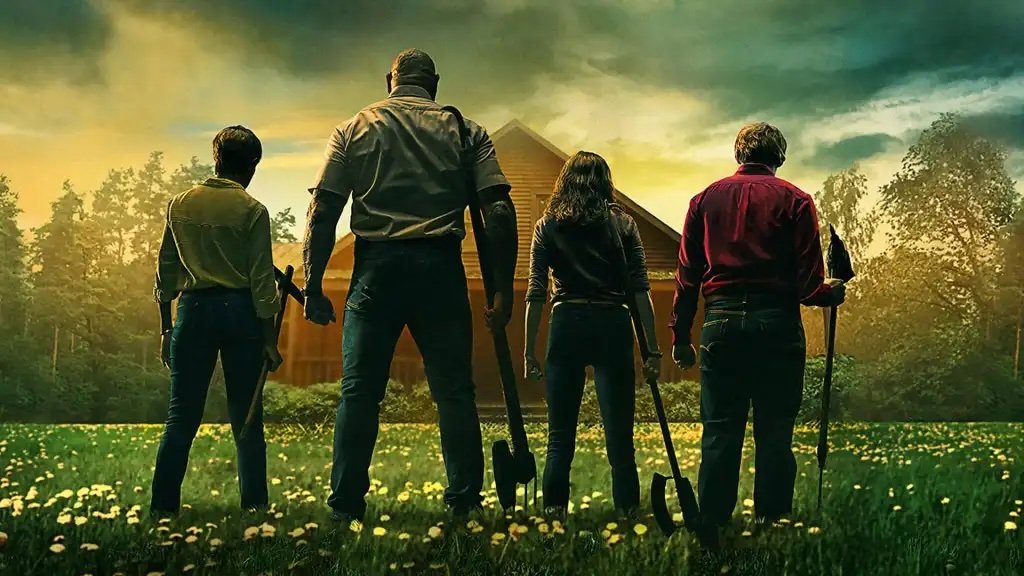Paul Tremblay has long been a fixture in modern horror literature, known for his ability to weave psychological tension with supernatural dread. His involvement in First Word on Horror, a documentary series examining the evolution of horror literature, further cements his status as both an influential creator and a thoughtful critic of the genre. The series aims to explore horror’s lasting impact on readers and culture, and Tremblay’s voice adds depth to the conversation, particularly as someone who has seen his own work transcend the page and reach mainstream audiences.
Tremblay has built a reputation for crafting stories that blur the lines between reality and nightmare, with novels like The Cabin at the End of the World, A Head Full of Ghosts, and The Pallbearers Club. His works often explore themes of uncertainty, paranoia, and the fragility of human perception—qualities that have made his writing resonate with both dedicated horror fans and general readers. His participation in First Word on Horror allows him to reflect on these themes and discuss the broader landscape of horror literature, including its ability to reflect societal fears and anxieties.
Beyond his contributions to the documentary, Tremblay is having a busy year creatively. He recently released his newest novel, Horror Movie, a metafictional horror story that plays with audience expectations while delivering the signature psychological complexity he’s known for. In addition, he’s venturing into new territory with Another, his first-ever middle-grade novel. While younger readers might not expect Tremblay’s brand of horror, this expansion into a different audience shows his versatility as a storyteller.
A significant turning point in Tremblay’s career came with the adaptation of The Cabin at the End of the World into the 2023 film Knock at the Cabin, directed by M. Night Shyamalan. The experience of seeing his work translated to film has influenced how he approaches storytelling, particularly in understanding how narrative structures shift between mediums. The adaptation’s reception also introduced new readers to his work, reaffirming horror’s place in mainstream literature and entertainment.
With First Word on Horror, Horror Movie, and Another, Tremblay continues to push the boundaries of the genre, engaging with audiences in fresh and exciting ways. Whether through fiction, film adaptations, or critical discussions on horror’s evolution, his work remains essential for anyone fascinated by the power of fear in storytelling.
Jessie Hobson


